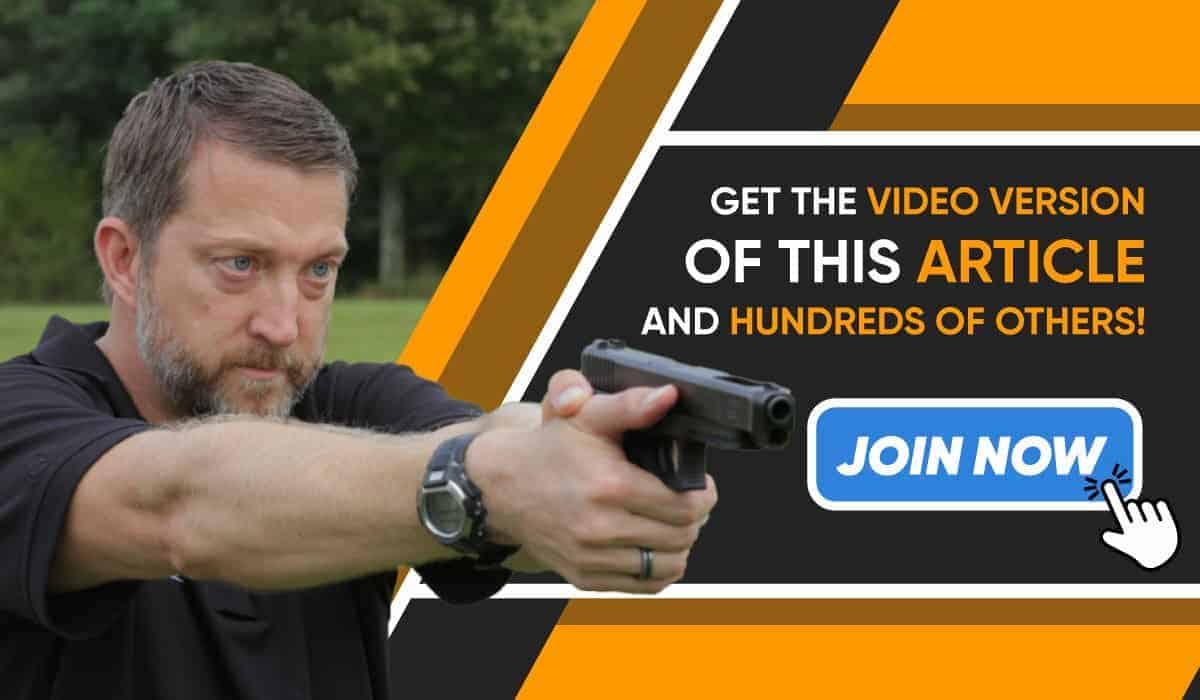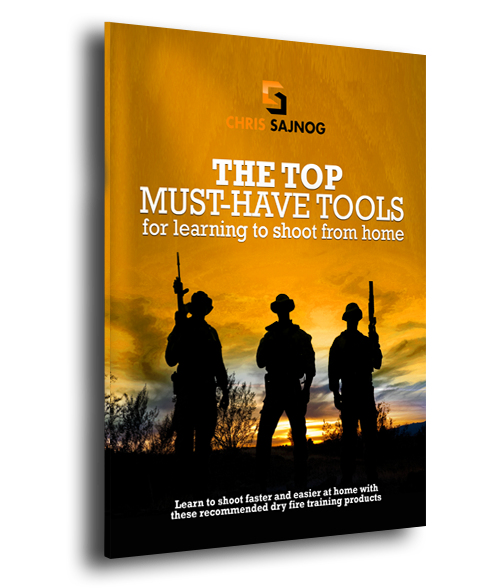Sight Alignment vs Sight Picture: Fourth Habit of Effective Shooters
Hey, what’s up everybody, in this post, I’m going to be talking about Sight Alignment vs Sight Picture: The Fourth Habit of Highly Effective Shooters and how mastering this crucial skill can significantly enhance your marksmanship and overall shooting proficiency. Let’s go ahead and get started.
Sight Picture
We will now cover a sight picture, which is taking your sights and aiming at a target. As we found with Sight Alignment (The Third Habit of Highly Effective Shooters), Sight Picture is also not as simple as point and shoot. There are a few things you need to keep in mind if you plan on walking away from a two-way range.
So what is Sight Picture?
A proper sight picture is when you take a PERFECTLY ALIGNED sight and place it on a target. Remember that sight picture only has to be on the target (anywhere on the target) to score a hit while sight alignment needs to be perfect or you risk missing the target completely. I guess that makes it hard for me to get you to continue reading this article now that I’ve downplayed its importance, but keep reading because like I said in the beginning, there’s more to it than point-and-shoot…Really!
If your sight alignment is right, as long as you’re pointing somewhere at the target you’ll hit the target.

In this sight alignment vs sight picture, The reason sight alignment is more important than sight picture is explained in detail in The Third Habit of Highly Effective Shooters when I talk about the difference between angular and parallel shift errors. To recap, imagine that you’re shooting at an eight-inch circle and that the circle is at the end of an eight-inch diameter tube. They could set up something like this on Top Shot, so it shouldn’t be too hard to imagine.
If your sight alignment is right, you can fire anywhere into that tube as long as you’re pointing somewhere at the target and you’ll hit the target. Whereas if your sight alignment is off, just a little, you’re likely to miss the target completely, even if your front sight is pointed directly at the center of the target.
Let me know if this helps you next time you’re at the range, or even better if you’re taking out bad guys and protecting our country. Make sure you sign up via RSS to get our blogs delivered to your favorite reader or have our MailChimp deliver them directly to your inbox. The next article in this series will cover breathing…and you thought you knew how to do it…
Alright, so that is it for today. I hope you got some value out of this Sight Alignment vs Sight Picture: The Fourth Habit of Highly Effective Shooters and I hope these insights empower you to elevate your shooting skills. Please share and comment on this post if you haven’t already, and keep paving your path to perfection!




Thanks, I’m reading this in conjunction with the 3rd habit and trying to put it together. I see lots of dry firing in the coming weeks.
Really enjoying and benefitting from this article series. Although it’s mostly rules that have been communicated many times before, but understanding WHY takes them from “shooting tips” to consistent practical application that you use every time, all the time, even under stressful situations. The illustrations are GREAT and explain the concepts better than paragraphs of text and I may have to “borrow” them next time i’m instructing (with proper credit given). Thanks again Chris, and we’re looking forward to the rest of the series.
Clint, Glad to hear you like the series. I tell guys on the range that I’m not going to teach them anything new. My job is trying to figure out ways to help them understand and implement what they already know. Where do you instruct? Feel free to use the graphics (with credit). I’d be interested in hearing if they helped.
Awesome three point plan regarding the six o’clock hold, and nice sight alignment/sight picture explanation. Great reference point for target practice, thanks.
Do you have an update on when the book will be released?
Hay Gregg – I’m hoping to have it out by the end of this month. It’s written, I just need to film a few videos that will go with it. Have to try to fit that in while running courses the next 2-weeks.